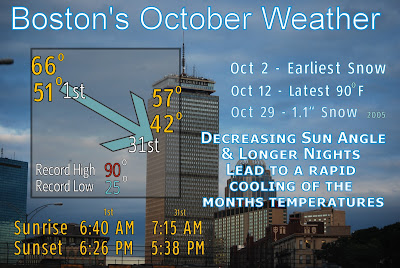

11 Extreme - Avoid being outside during midday hours. 8-10 Very high - Spend time in the shade between 11am and 3pm. 6-7 High - Seek shade during midday hours, cover up and wear sunscreen. 3-5 Moderate - Take care during midday hours and do not spend too much time in the sun unprotected. No risk of UV - It’s safe to stay outside. UV exposure index and the protection required to help keep you safe: The higher the percentage of humidity, the wetter it will feel outside. If there is a lot of water vapour, the humidity will be high. Humidity is the amount of water vapor in the air.

Visibility measures the distance at which an object can be clearly seen. Read more about how wind will affect you at the beach. The number is the average wind speed.īeware of offshore winds if you are using inflatables, paddle boards or kayaks.

If the arrow points from land to sea, the wind will be blowing out to sea (‘offshore’). The arrow shows the direction of the wind (up is north). The number represents the average wind speed expected at that time. The letters show the direction the wind is blowing from (on a standard 16-point compass). The arrow shows the direction the wind is blowing. Strong winds are shown in bold for speeds of 29 mph or more. Wind gust shows the highest wind speed that you should encounter at that time, as winds peak and lull. This gives you a better idea of how the temperature will actually feel at the time. You can see the temperature in Celsius or Fahrenheit by using the dropdown menu.įeels like temperature considers other factors, such as wind speed and humidity. This number shows the air temperature for the time period. Caution! The reflection of snow can nearly double the intensity of the Sun's UV radiation.Chance of precipitation represents how likely it is that rain (or other types of precipitation, such as sleet, snow, hail and drizzle) will fall from the sky at a certain time. Sun-protective clothing, a long-sleeved shirt and pants, a wide-brimmed hat, and UVA and UVB-blocking sunglasses are particularly helpful in blocking UV radiation's harmful effects.

The solar radiation is most powerful near the mid-day, so the exposure to the direct Sun should be reduced accordingly. People with sensitive skin, children, and babies should always be protected from prolonged sun exposure. Note: The daily maximum UV index of 2 in March interpret into the following advice: A UV Index reading of 2, and below, represents a low threat to health from unsafe exposure to UV radiation for ordinary individuals. UV indexJanuary through March, November and December, with an average maximum UV index of 2, are months with the lowest UV index. SunshineThe average sunshine in March is 5.6h. 2023, at 2:00 am consequently, the time zone reverts from EDT to EST. Daylight Saving Time lasts until Sunday, November 5. 2023, at 2:00 am, Daylight Saving Time starts, and the time zone changes from EST to EDT. On the last day of March, sunrise is at 6:28 am and sunset at 7:08 pm EDT. On the first day of the month, sunrise is at 6:19 am and sunset at 5:33 pm EST. Daylight In March, the average length of the day in Boston is 11h and 58min. A specialized swimsuit is mandatory to reduce thermal damage. The water feels painfully cold, and hyperventilation quickly occurs. Note: For swimming, this is considered life-threatening and very dangerous. Ocean temperatureIn March, the average ocean temperature in Boston, Massachusetts, is 38.3☏ (3.5☌). Throughout the year, there are 29.8 snowfall days, and 15.75" (400mm) of snow is accumulated. In Boston, snow falls for 6.8 days, with typically accumulated 3.86" (98mm) of snow. Snowfall January through May, October through December are months with snowfall in Boston. RainfallThe wettest months are March, April and December, with an average 2.91" (74mm) of rainfall. HumidityIn March, the average relative humidity is 73%. The average low-temperature, in Boston, is 30.9☏ (-0.6☌). TemperatureIn March, the average high-temperature slightly increases from a wintry 36.5☏ (2.5☌) in February to a frosty 43.5☏ (6.4☌). March, the first month of the spring in Boston, is a frosty month, with an average temperature fluctuating between 30.9☏ (-0.6☌) and 43.5☏ (6.4☌).


 0 kommentar(er)
0 kommentar(er)
